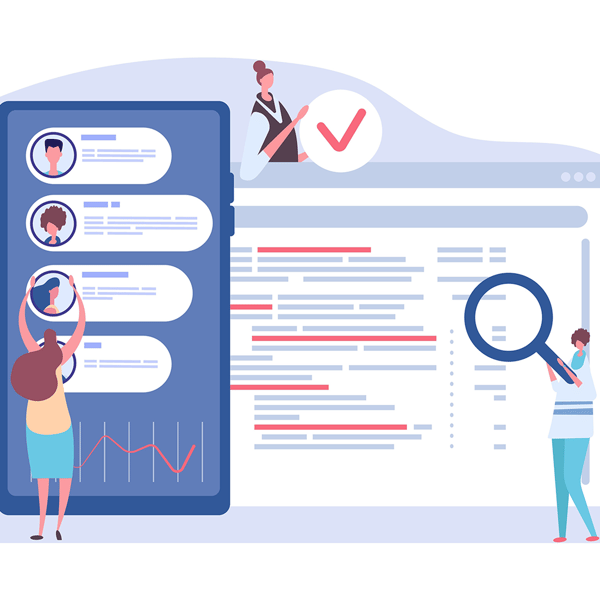Insights
The Dangers of Not Understanding Your Customer
As technology and product leaders, we think we know our customers. We make sweeping assumptions about their needs and behaviors. Today we explore how those assumptions can come back to haunt you—and what to do about it.
Did you know that the most successful businesses are customer focused? In fact, companies earning $1 billion annually earn an additional $700 million per year within 3 years of investing in customer experience.
If you’re reading this, congratulations—you’re already putting your customer at the forefront of your mind. Being user focused is a big step towards delivering a product the user will readily adopt. However, you don’t want to fall into the trap of thinking you know everything about your customer already.
You are not your customer
When taking the step to follow a user-centered approach and learning about your customers’ needs, keep in mind that you are not your customer.
There’s no denying that you know a lot about your industry. You also know about some of what your customers want and need. However, you do not know everything. Remember that there’s a huge financial risk to assuming you know everything your client needs and wants. These risks can come in the form of extended development times, low adoption rates or total failure of the product.
Learn about your user the right way
At ChaiOne we always recommend spending time directly researching end users to truly understand what they need from your product, how they interact with your product and what might potentially lead them to adopt it fully. When we work with clients to research their end users, we often end up validating some of the client’s assumptions. Other times we debunk those assumptions, and uncover new insights the client hadn’t considered. In many cases, these new insights become crucial to the customers' adoption of the product.
The important questions research can answer
Research with customers can cover many angles and can provide a lot of different insights. Depending on the question we want to answer, we may do any of the following research:
-
Observe how people use your tools in real life and learn from their behavior about hidden opportunities
-
Interview customers to learn about how they choose your products over others and why
-
Survey customers to quantify some of their preferences and behaviors
-
Measure baseline metrics about your services' appeal, value and usefulness
All these ways of learning about your customer deliver significant insights that are needed for your product to be successful.
The cost of expecting too much from users
We had a client who was on the cusp of launching an app that would give users access to satellite imagery, so they could easily get pictures from unique locations around the world, from anywhere. The target audience spanned many different age groups, but the app itself had tons of very specific jargon. The client was confident that users would understand what these words meant and designed the app accordingly. However, when we tested designs with end users, 90% of the participants (including experts) didn’t know the meaning of these words and it caused them to have a hard time interacting with the app. If our client had launched the app without testing, their app adoption would have been extremely low—even though the product itself was both useful and innovative. After all, if the users can’t understand the language inside the app, they’re going to have a hard time using or enjoying it.
The moral of the story: you are not your customer. You cannot make major assumptions on their behalf without a serious risk of low user adoption (and therefore, minimal ROI on a given product). Take the time to validate your assumptions with solid research—you’ll be glad you did.



